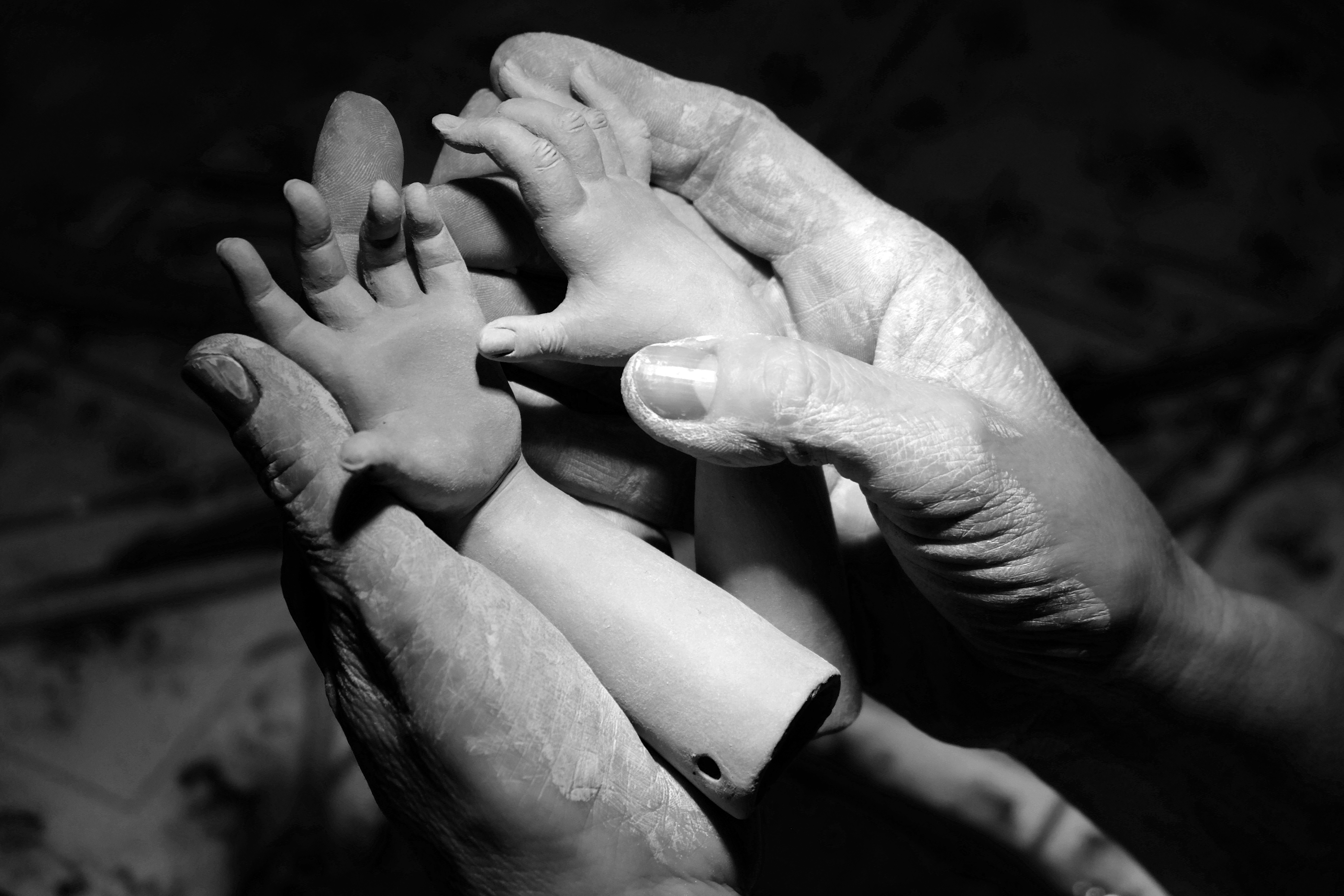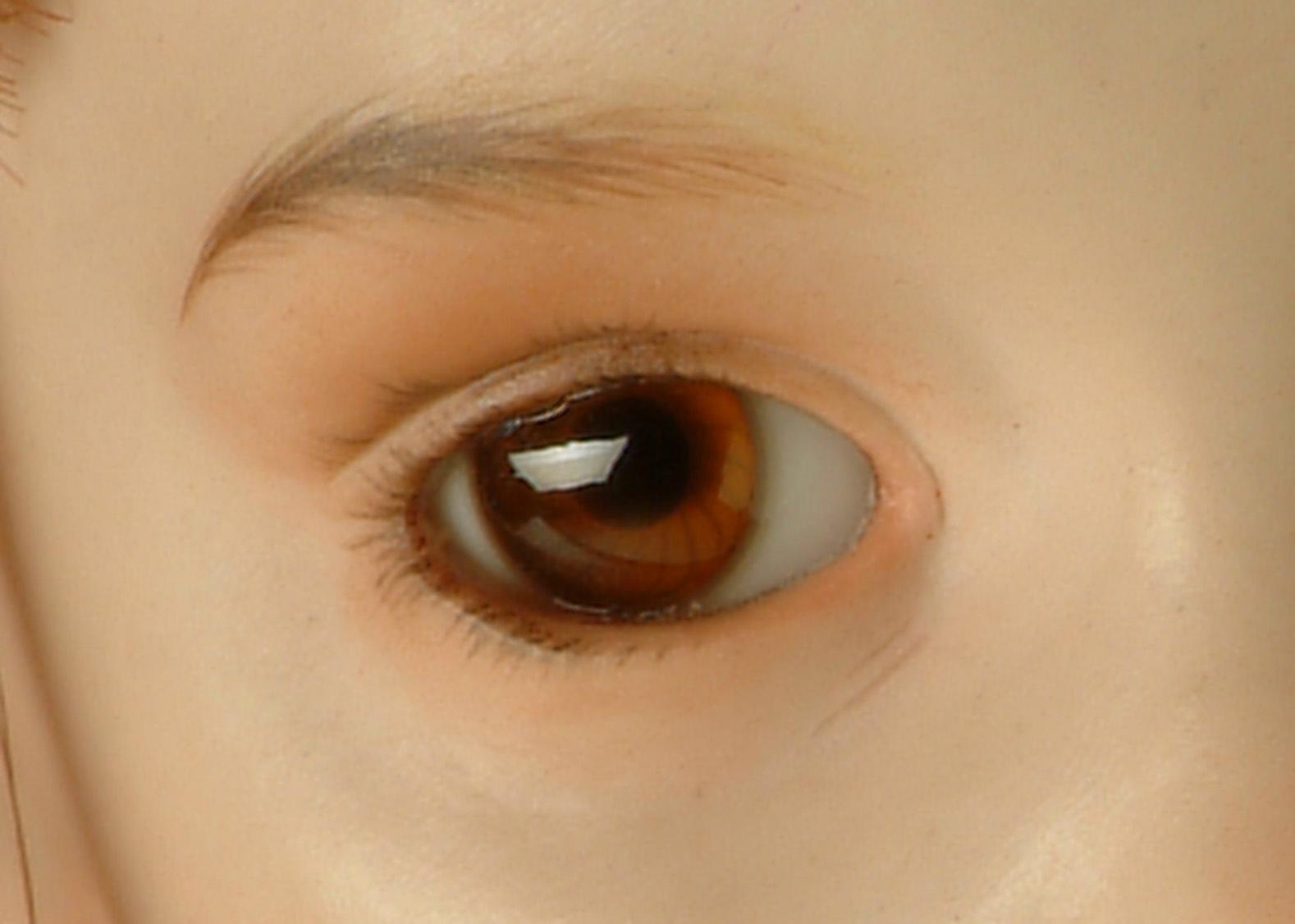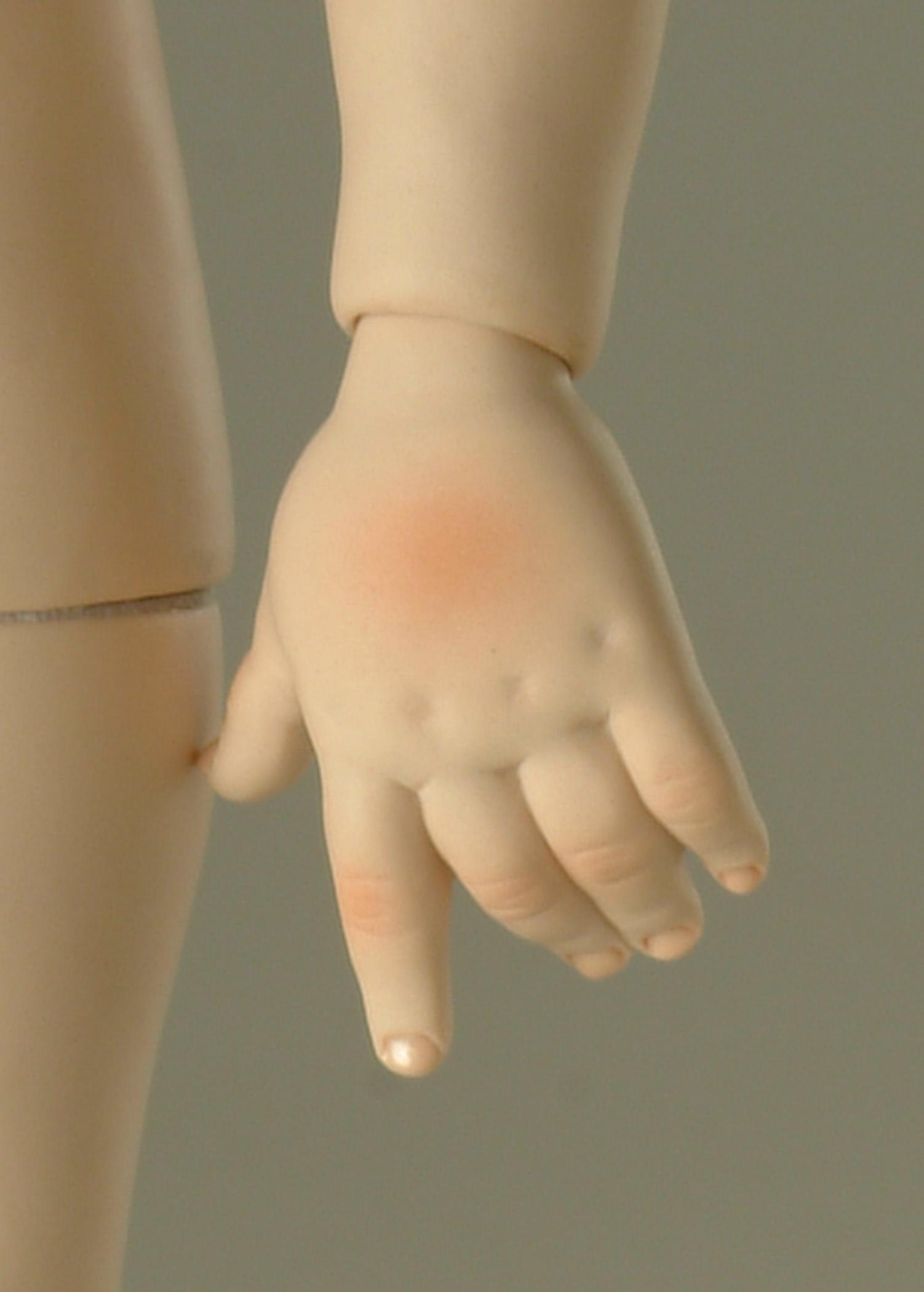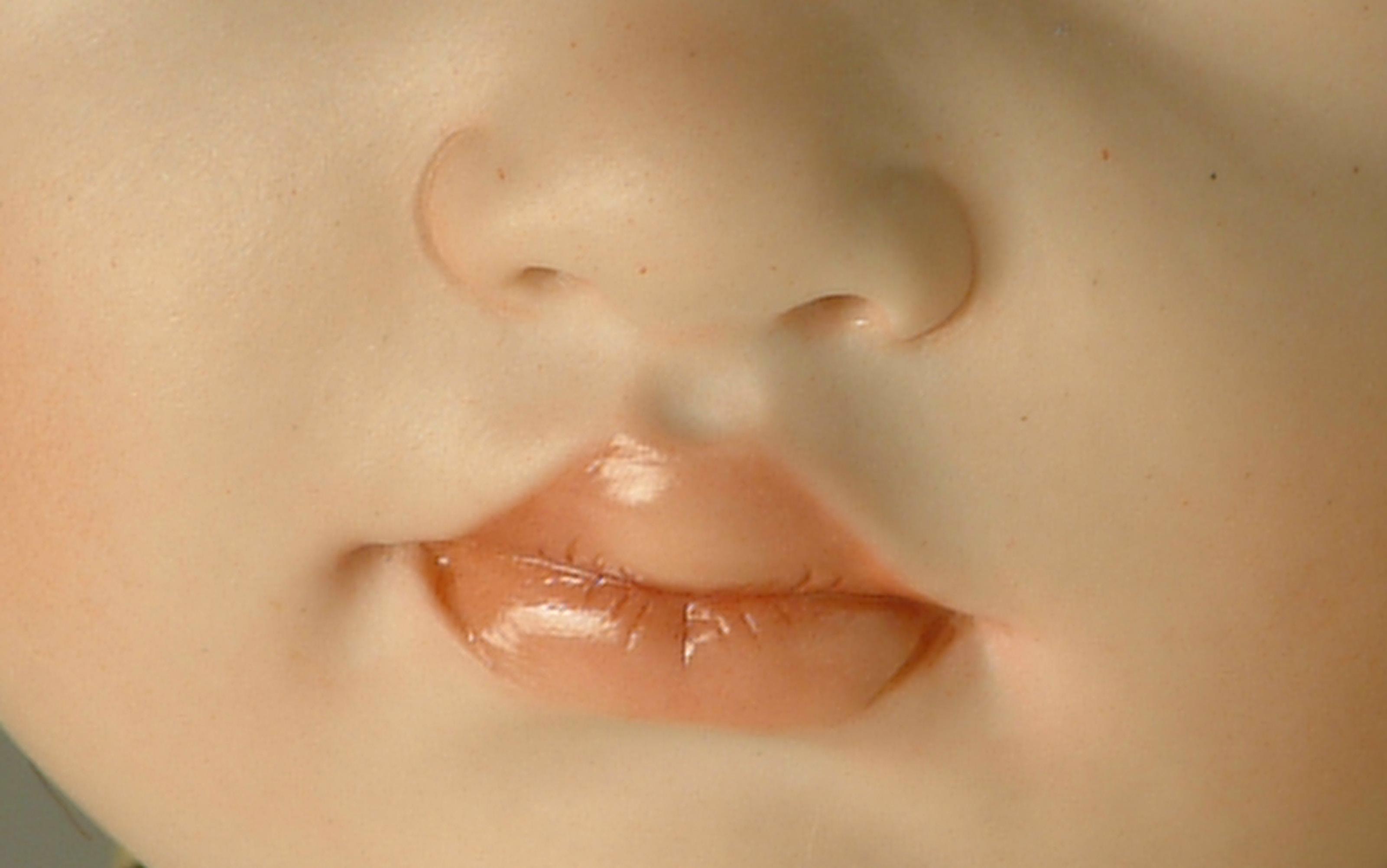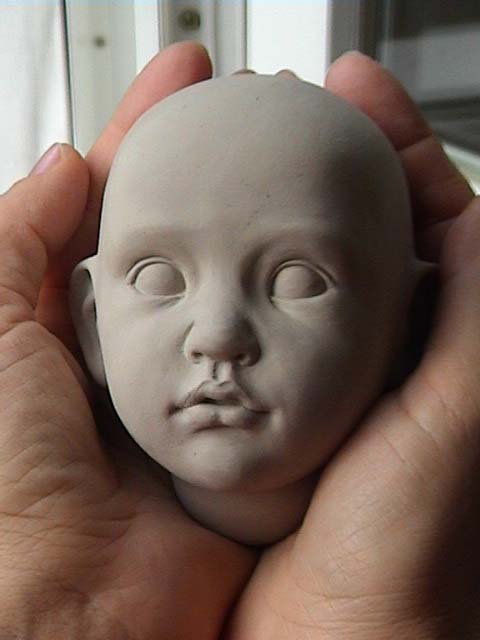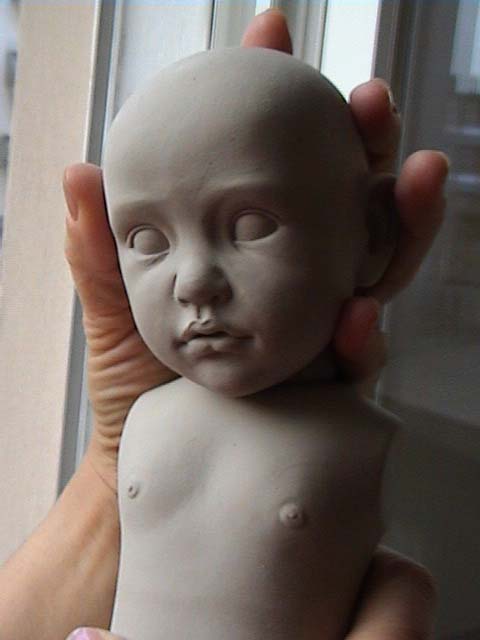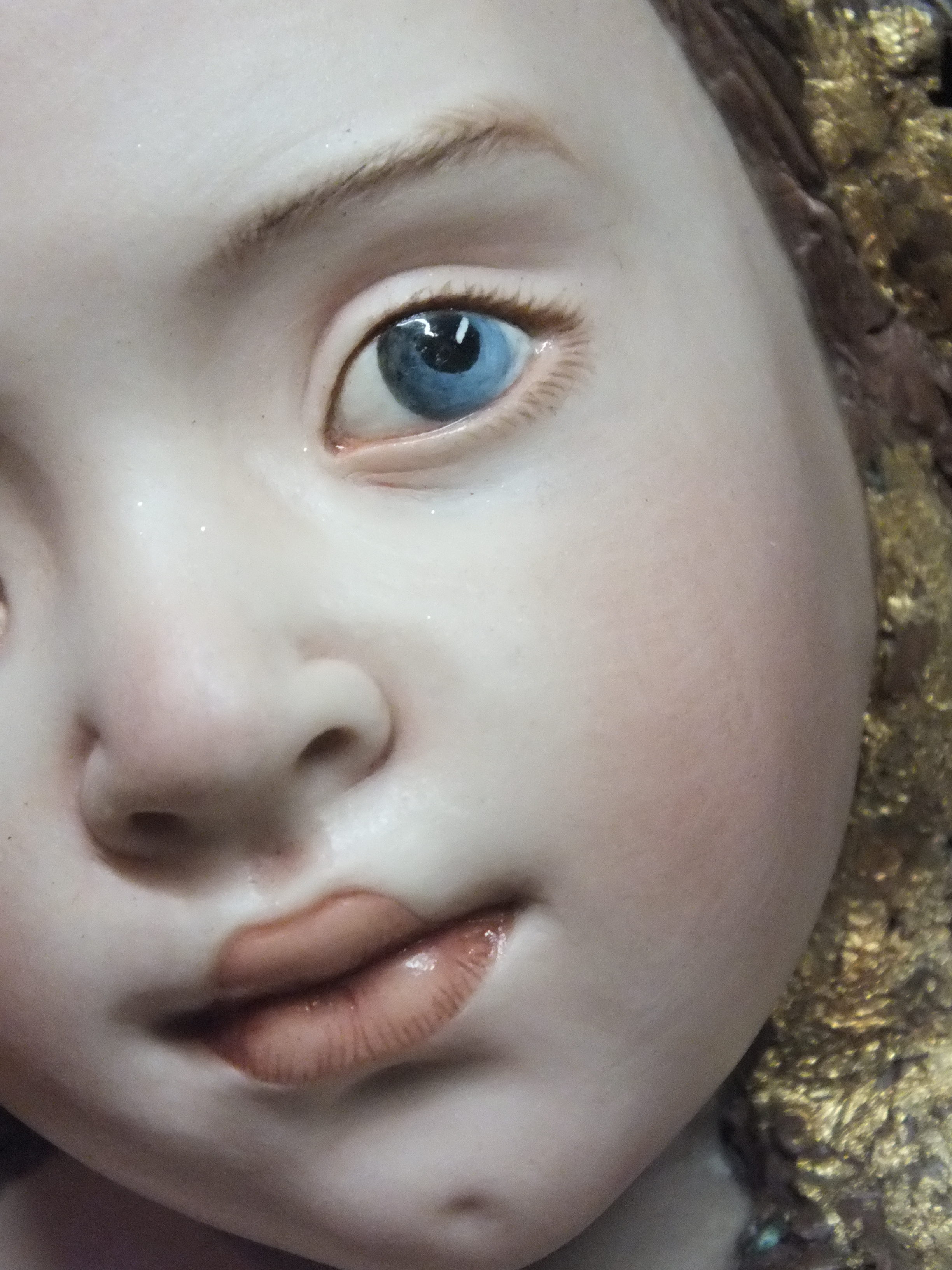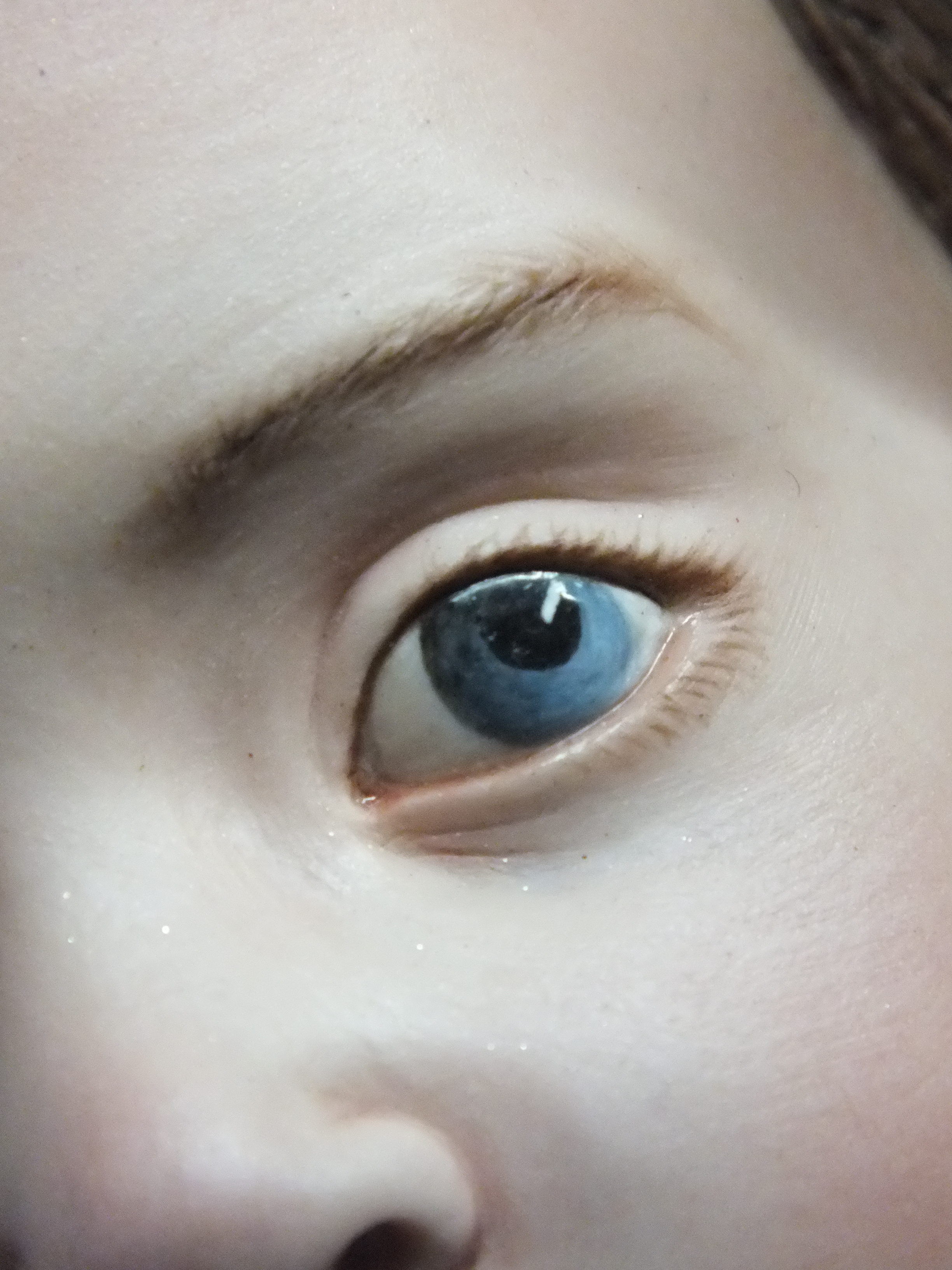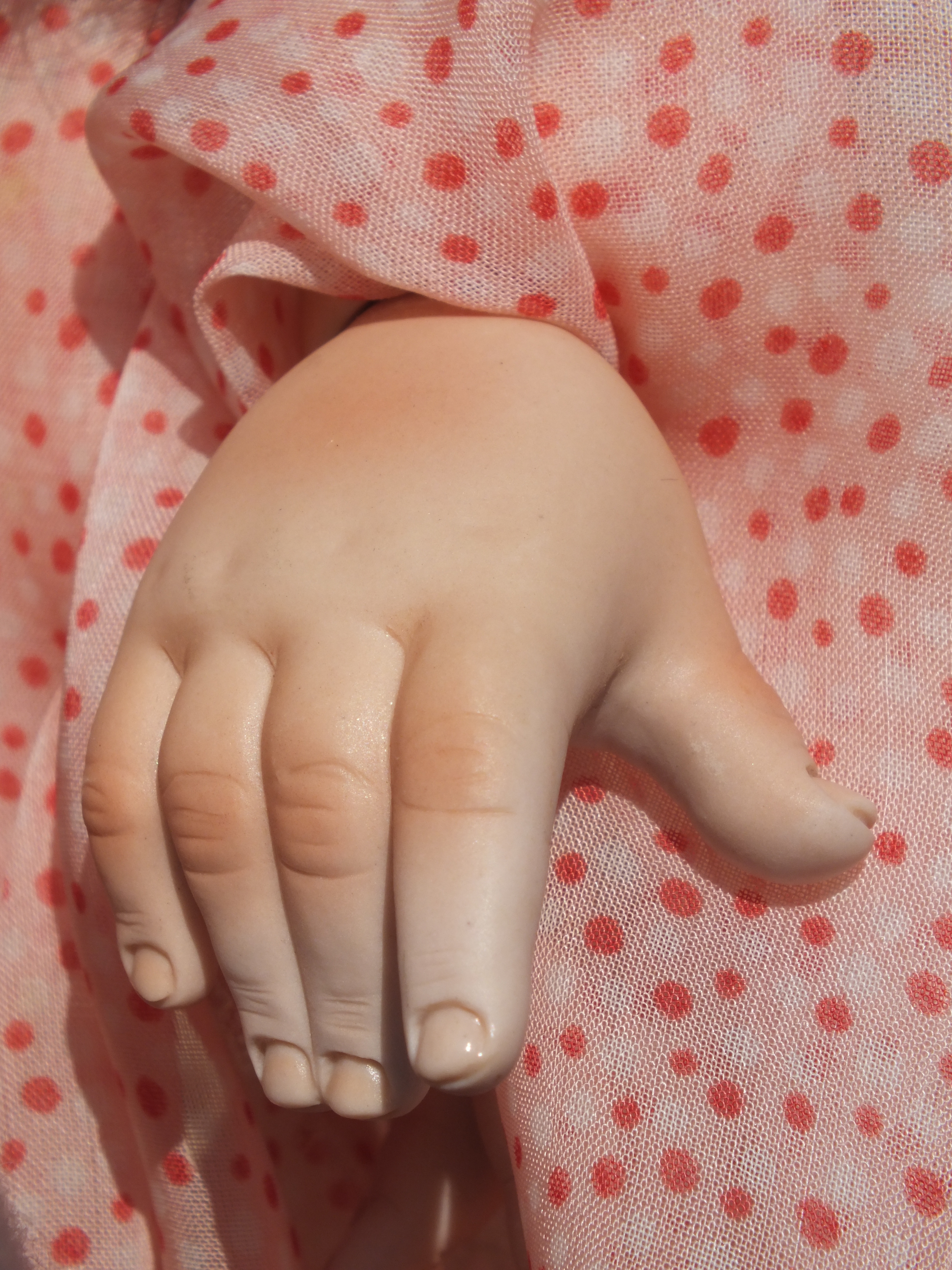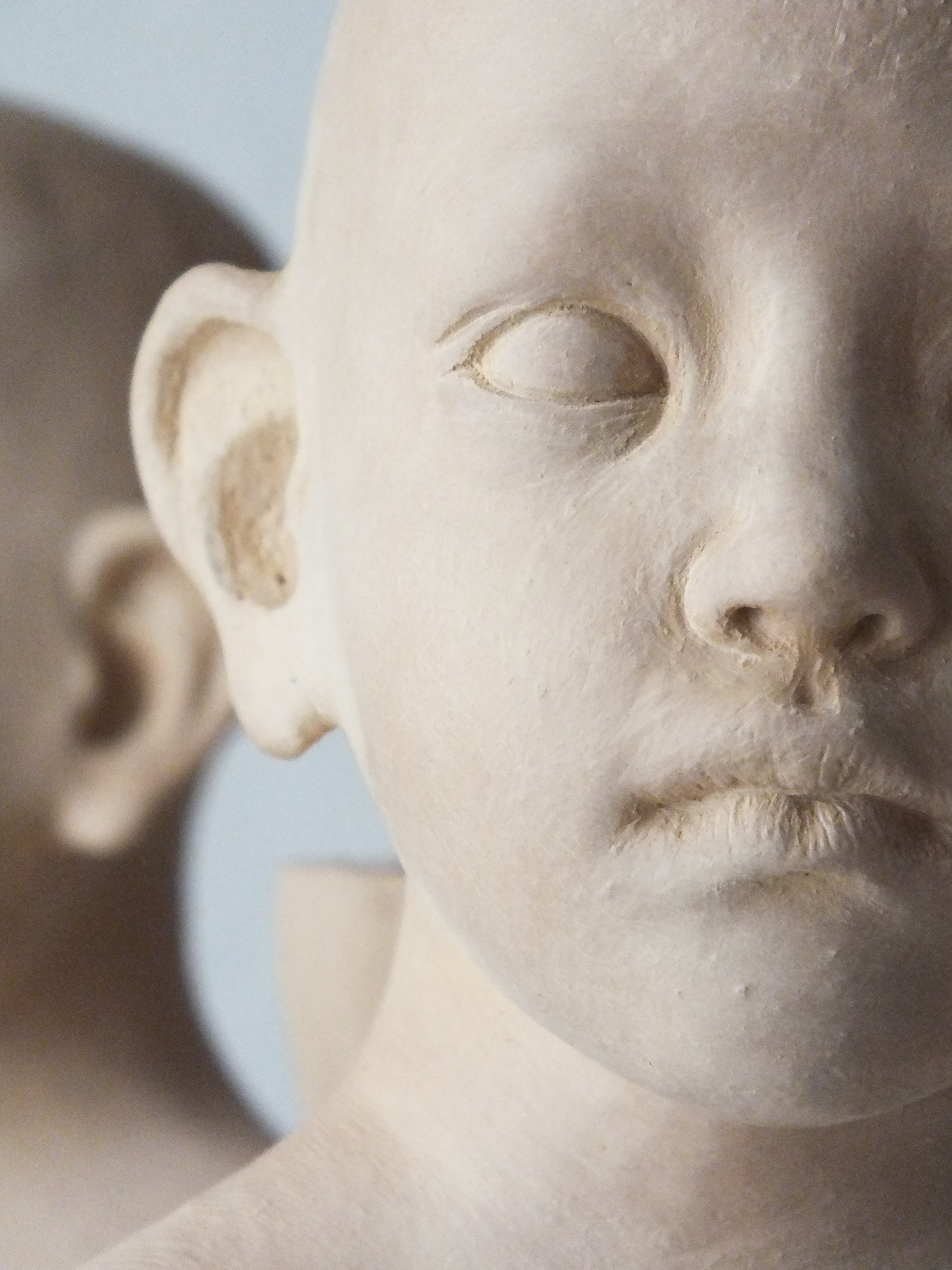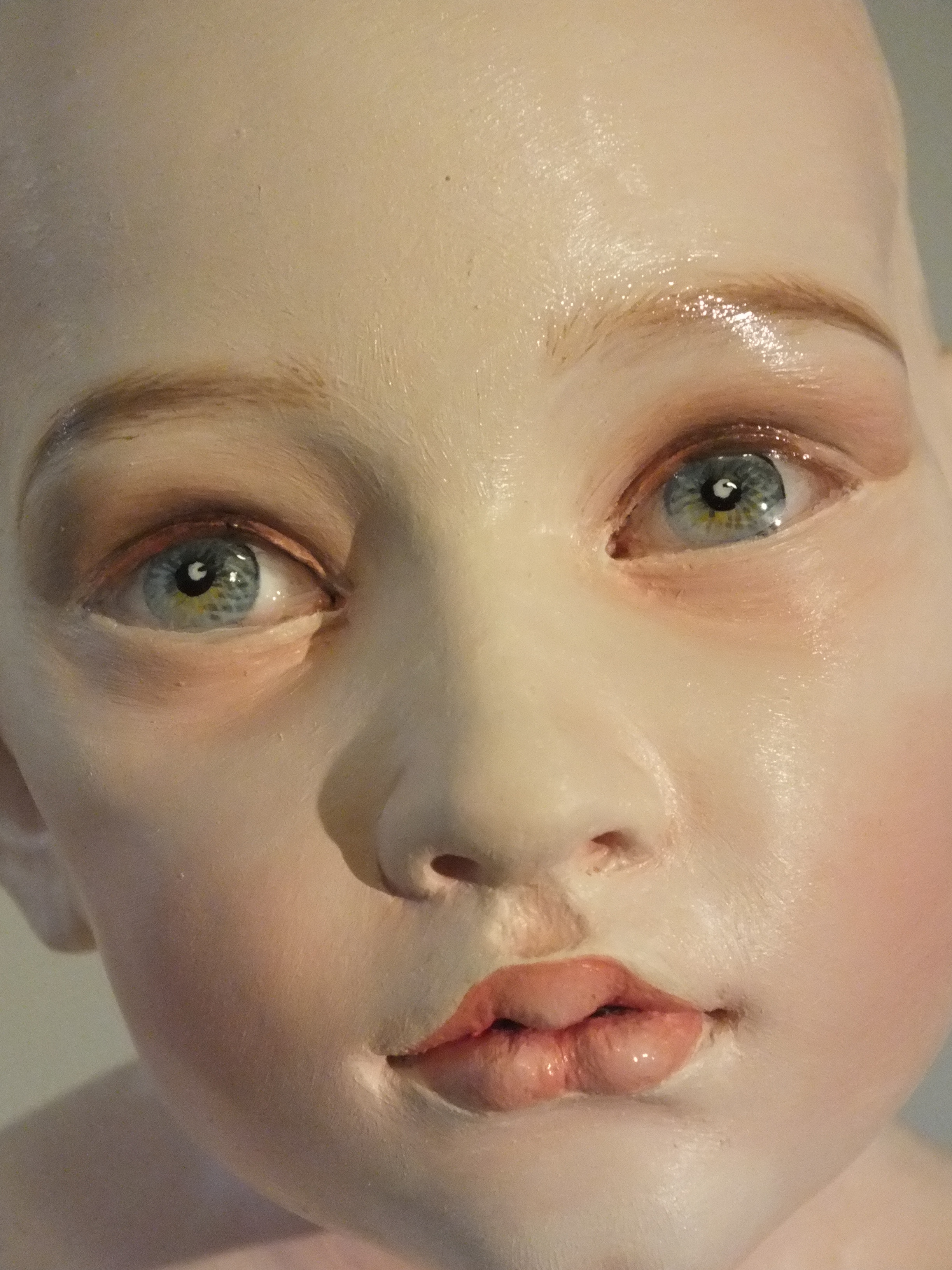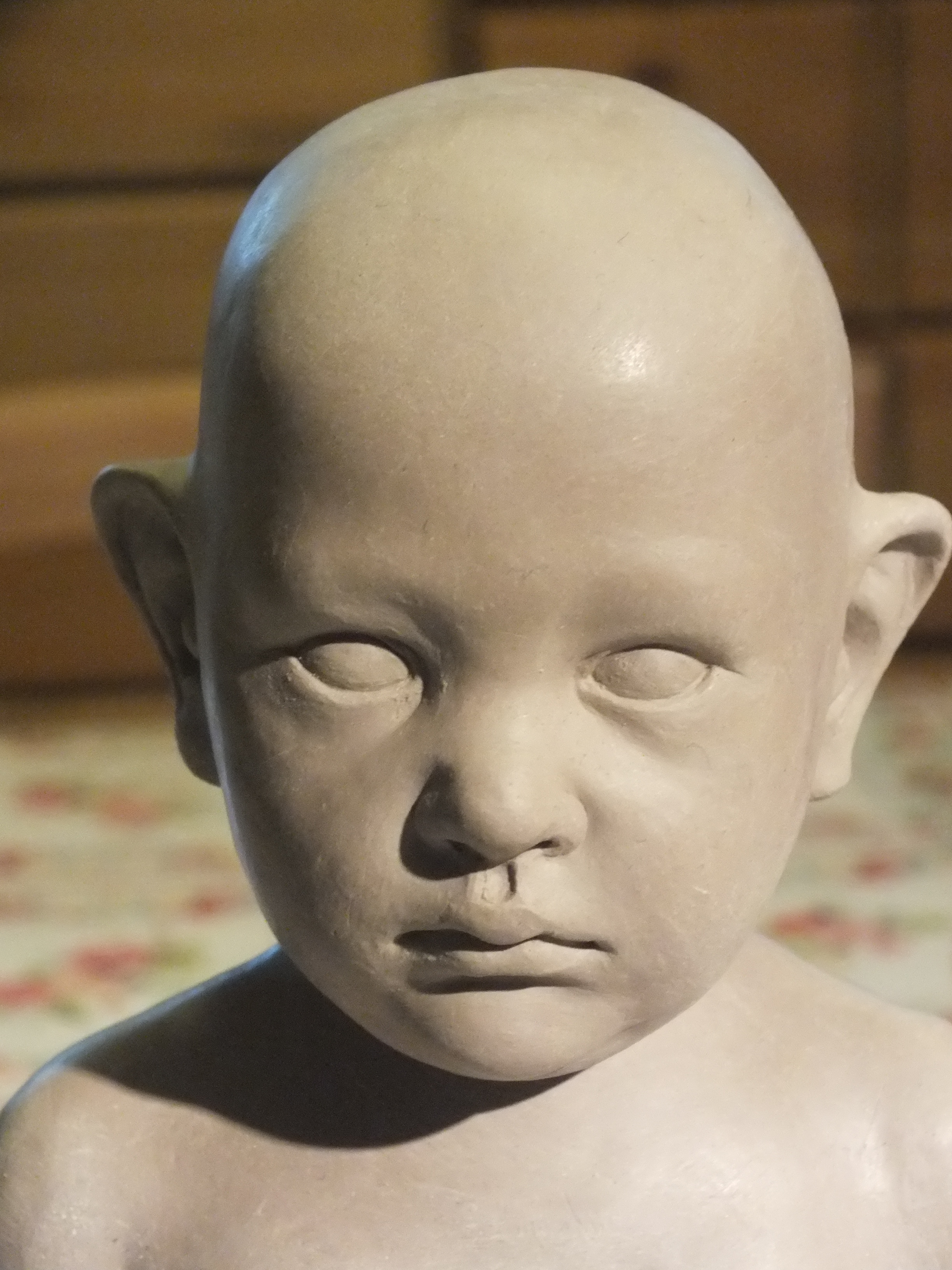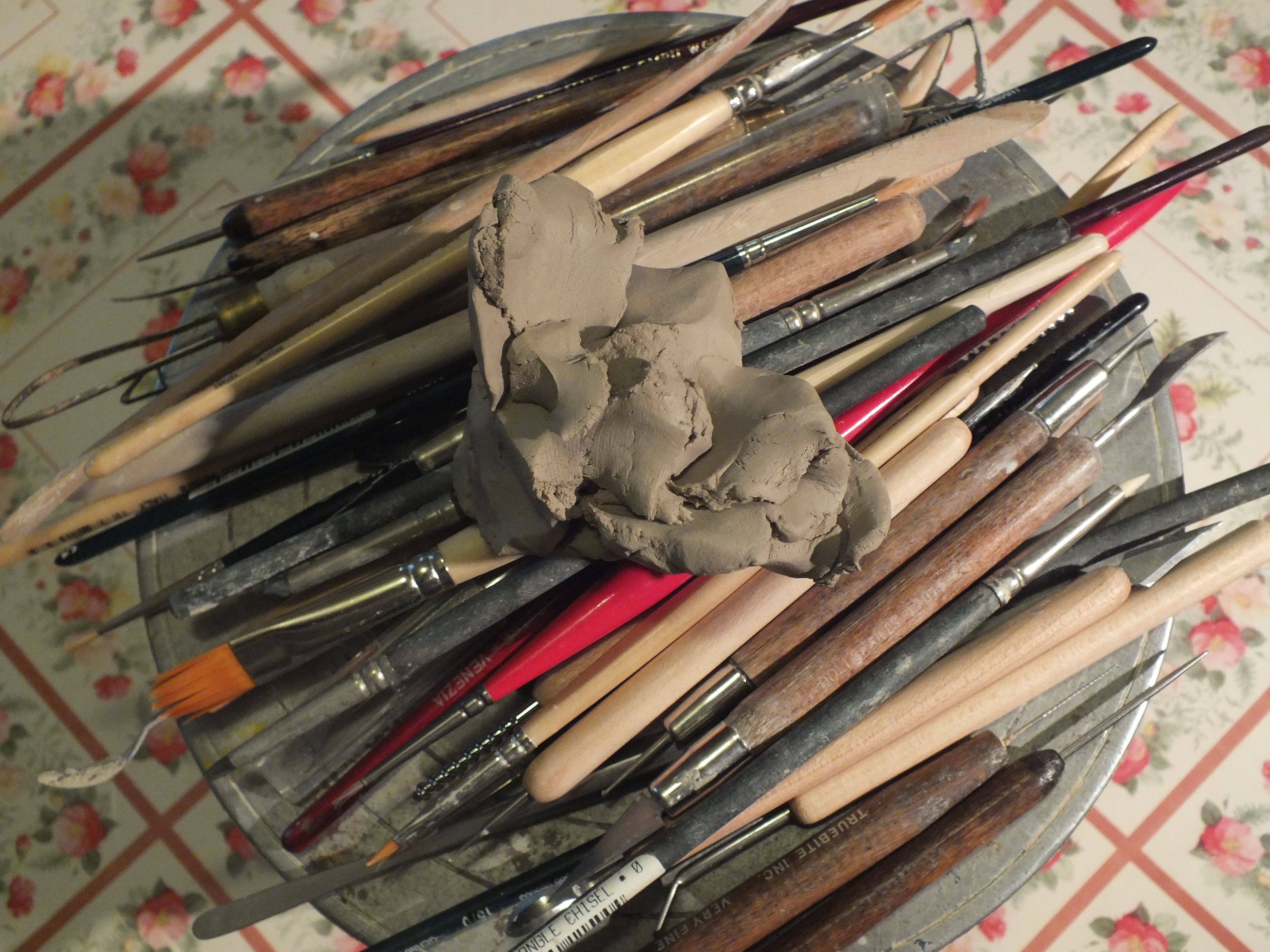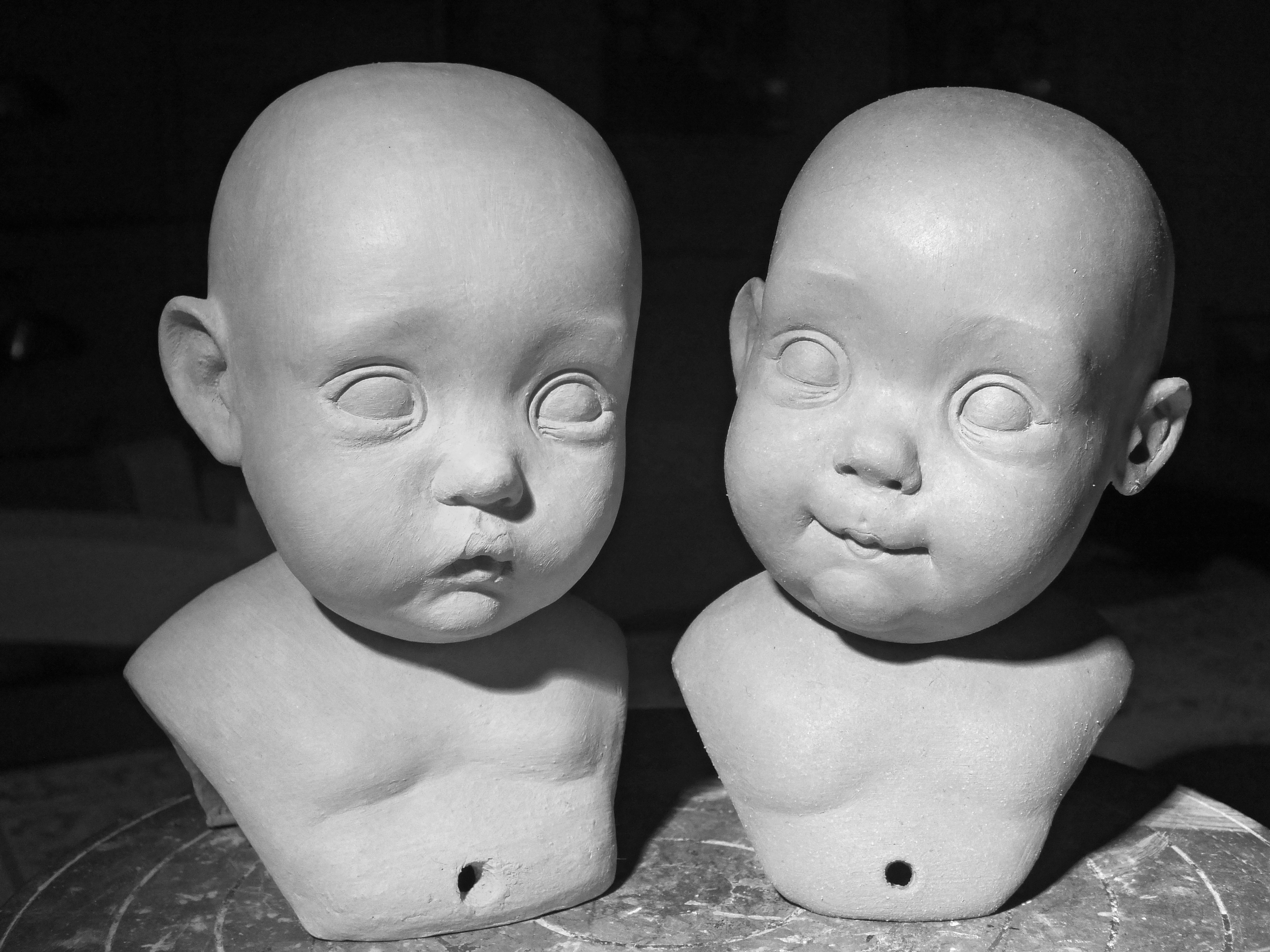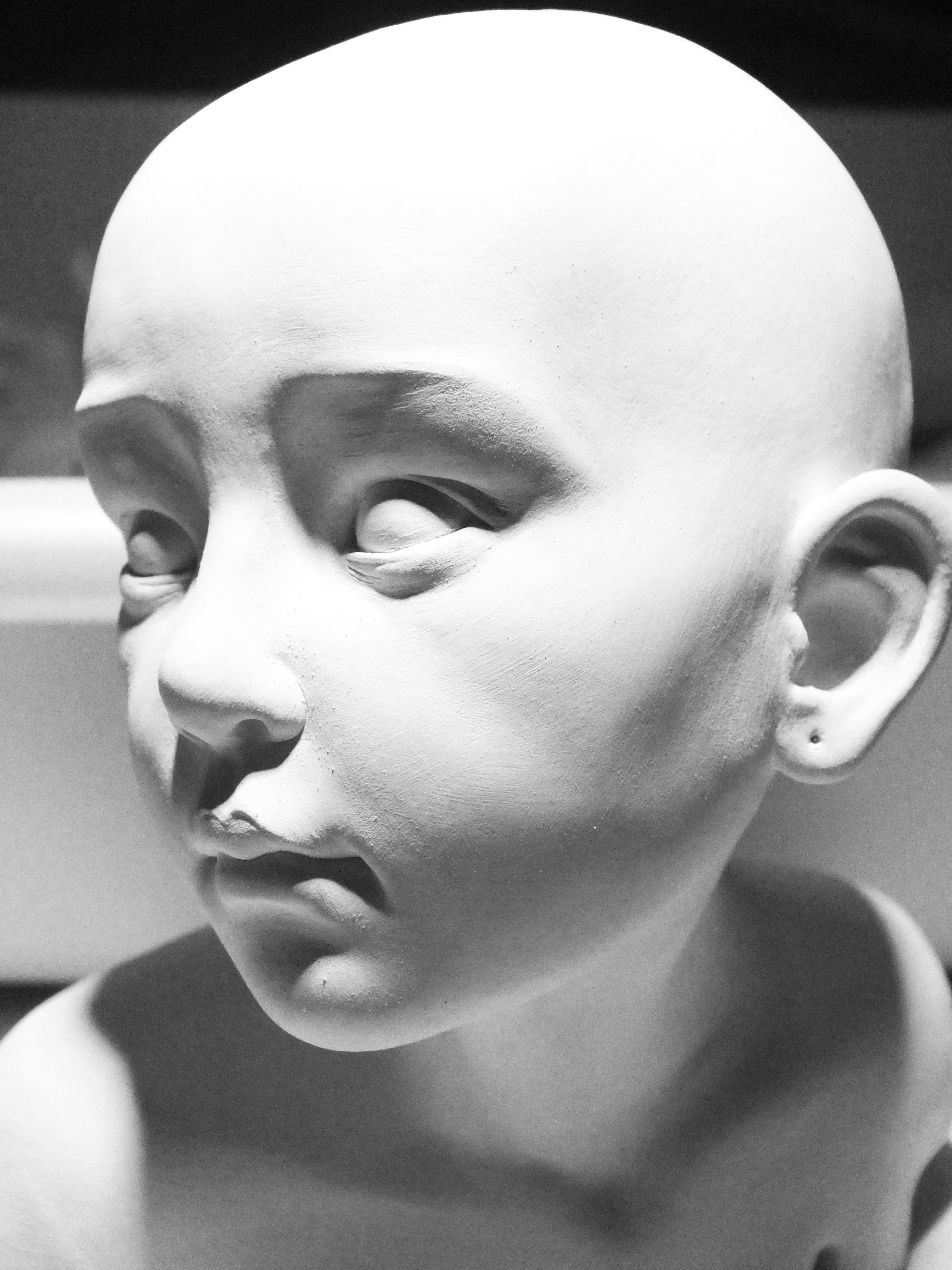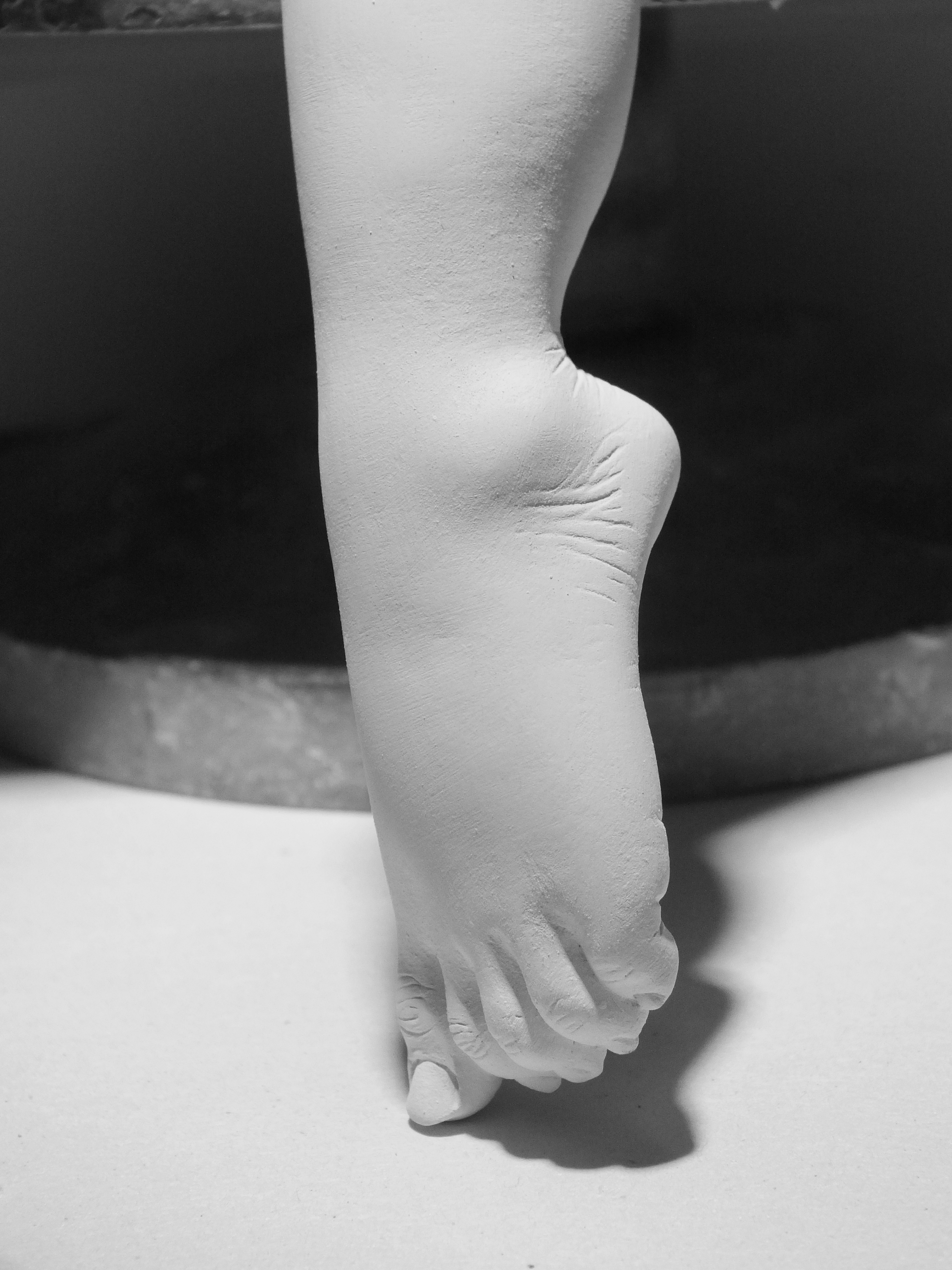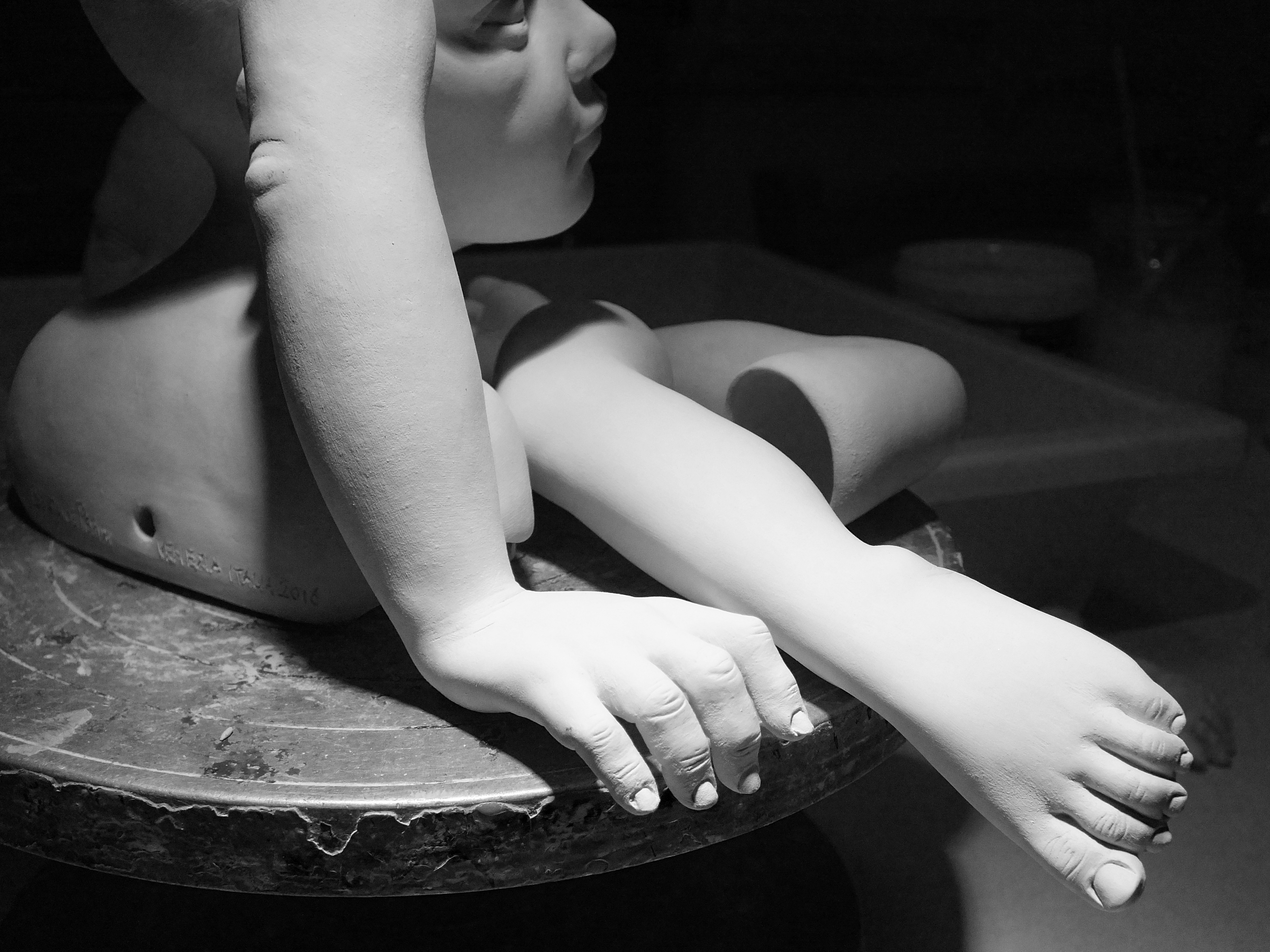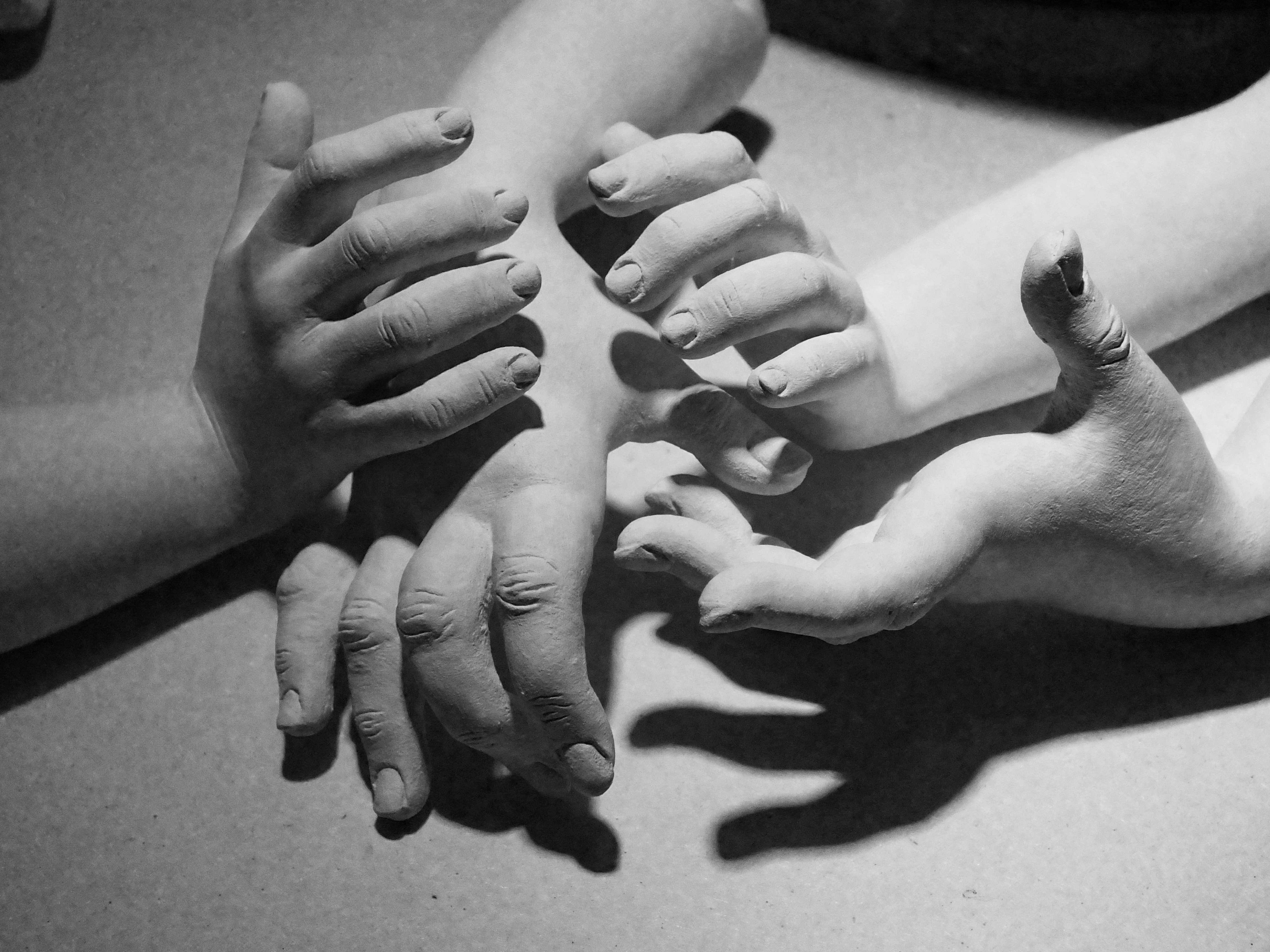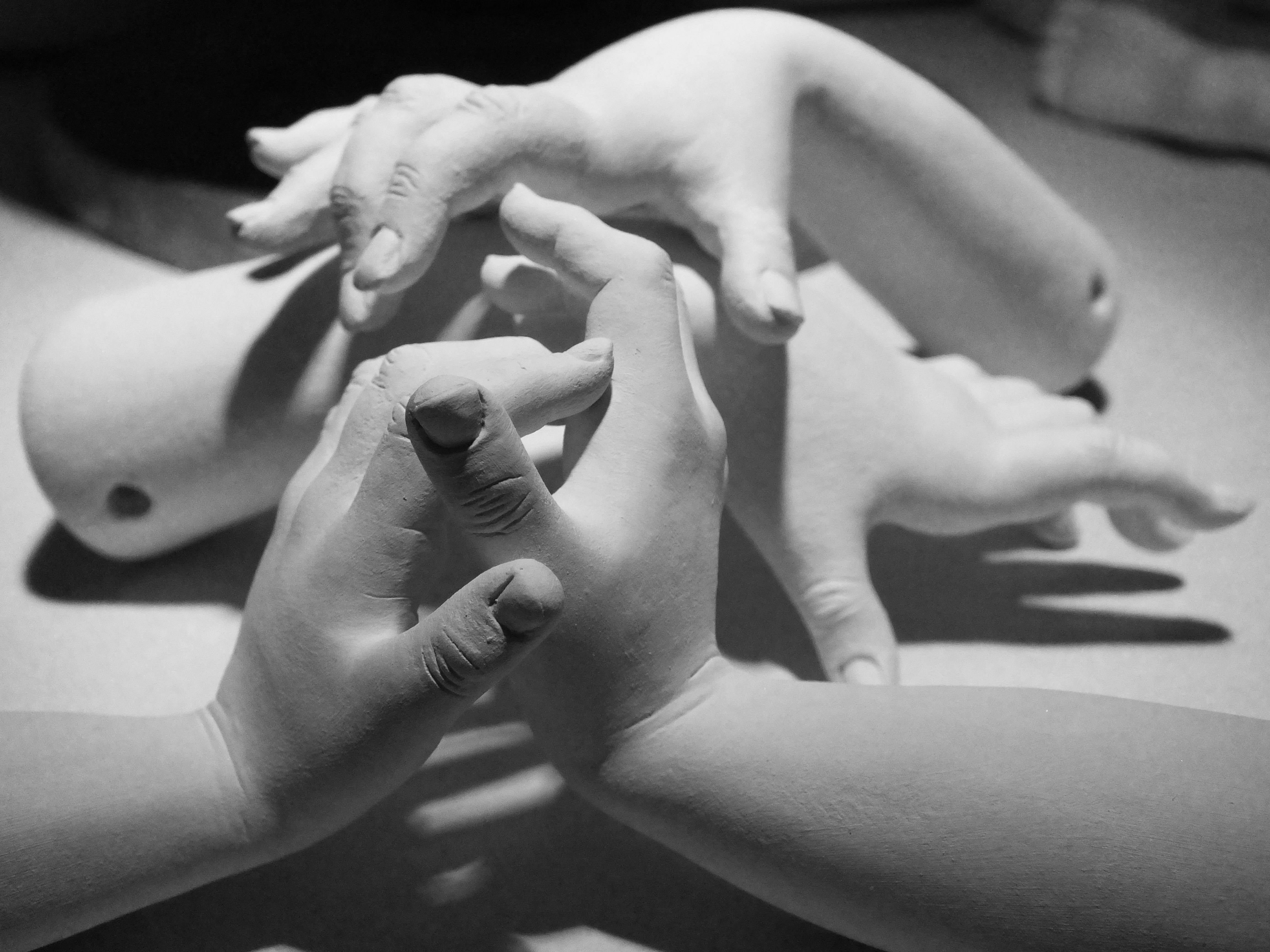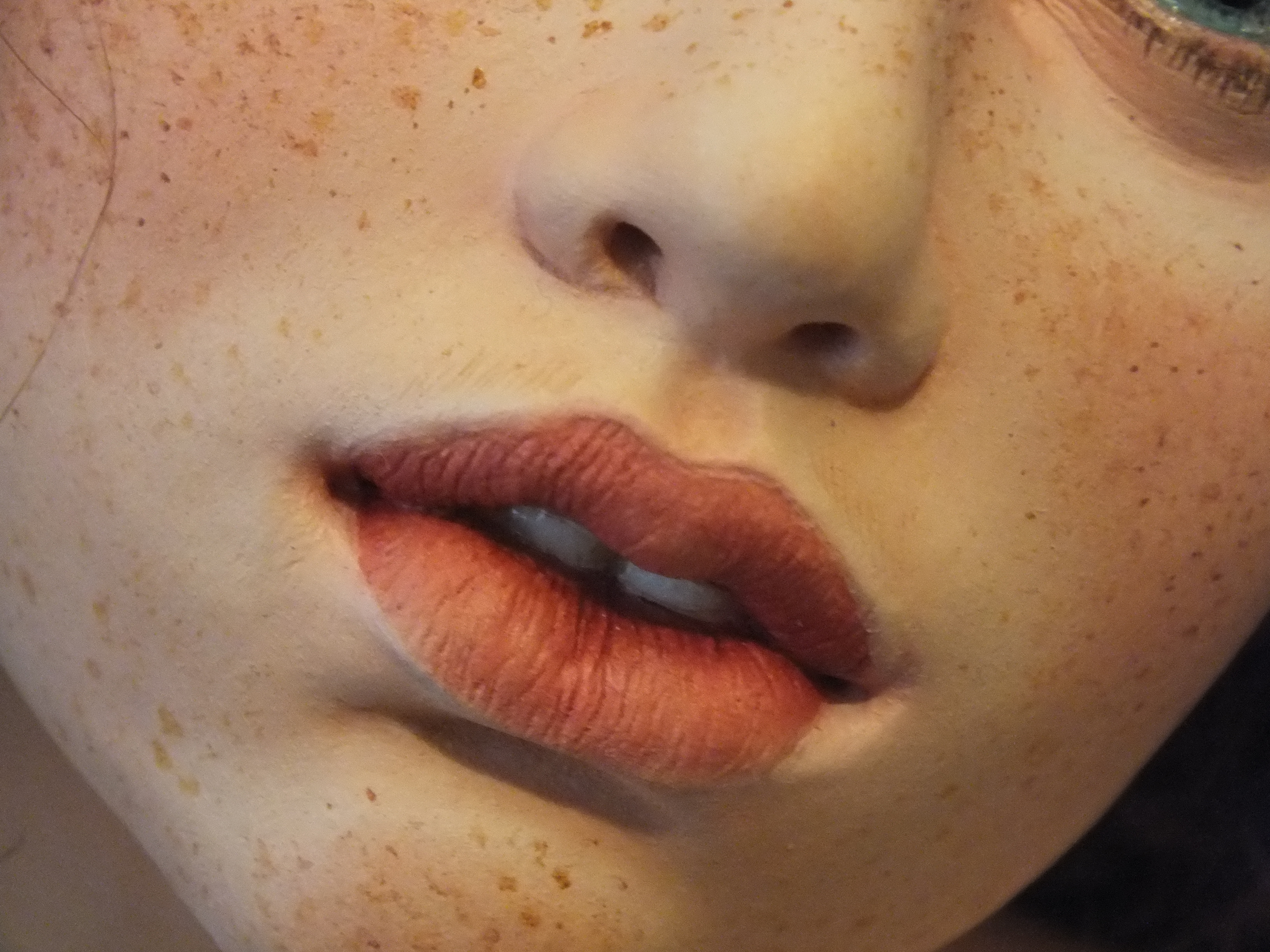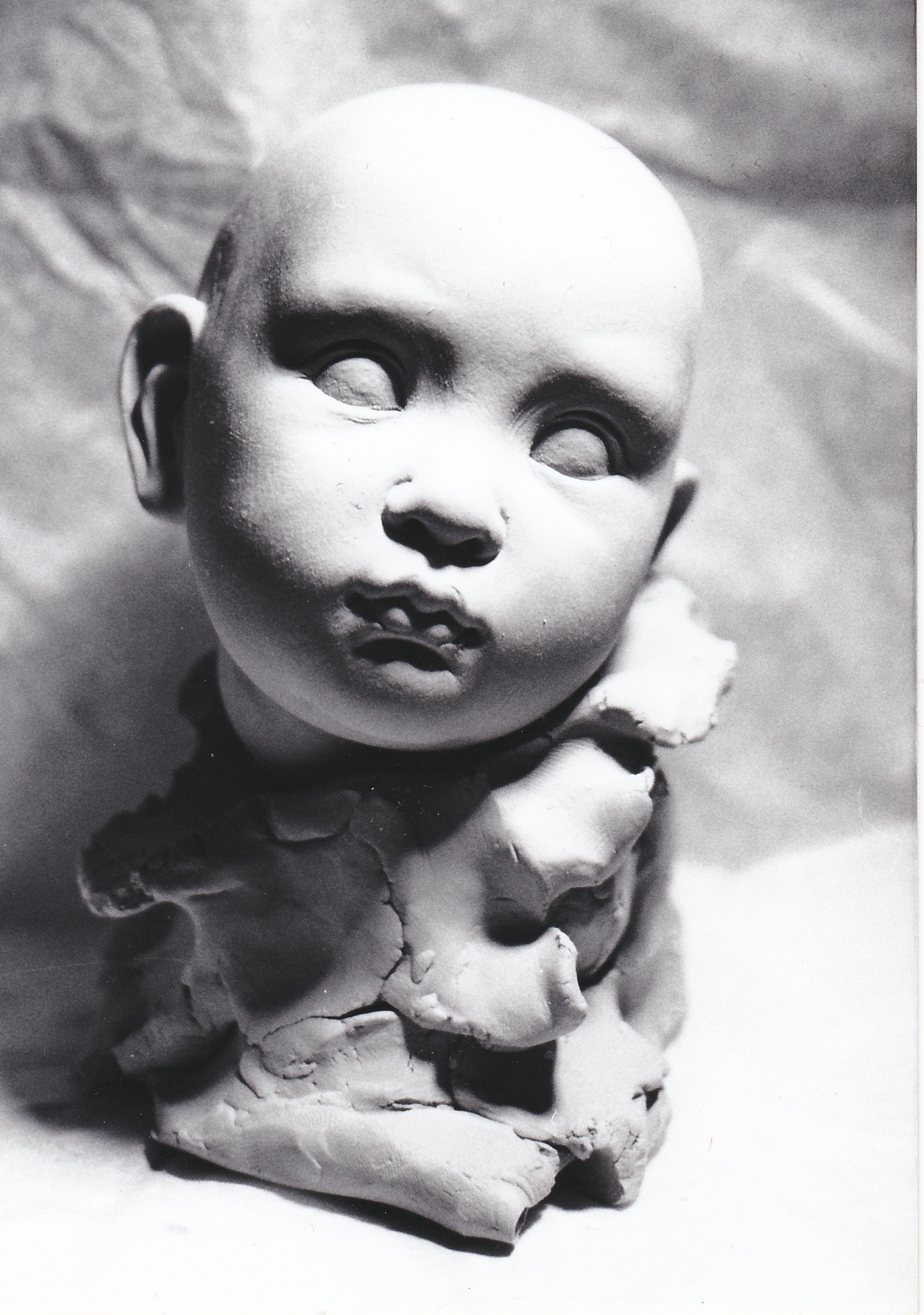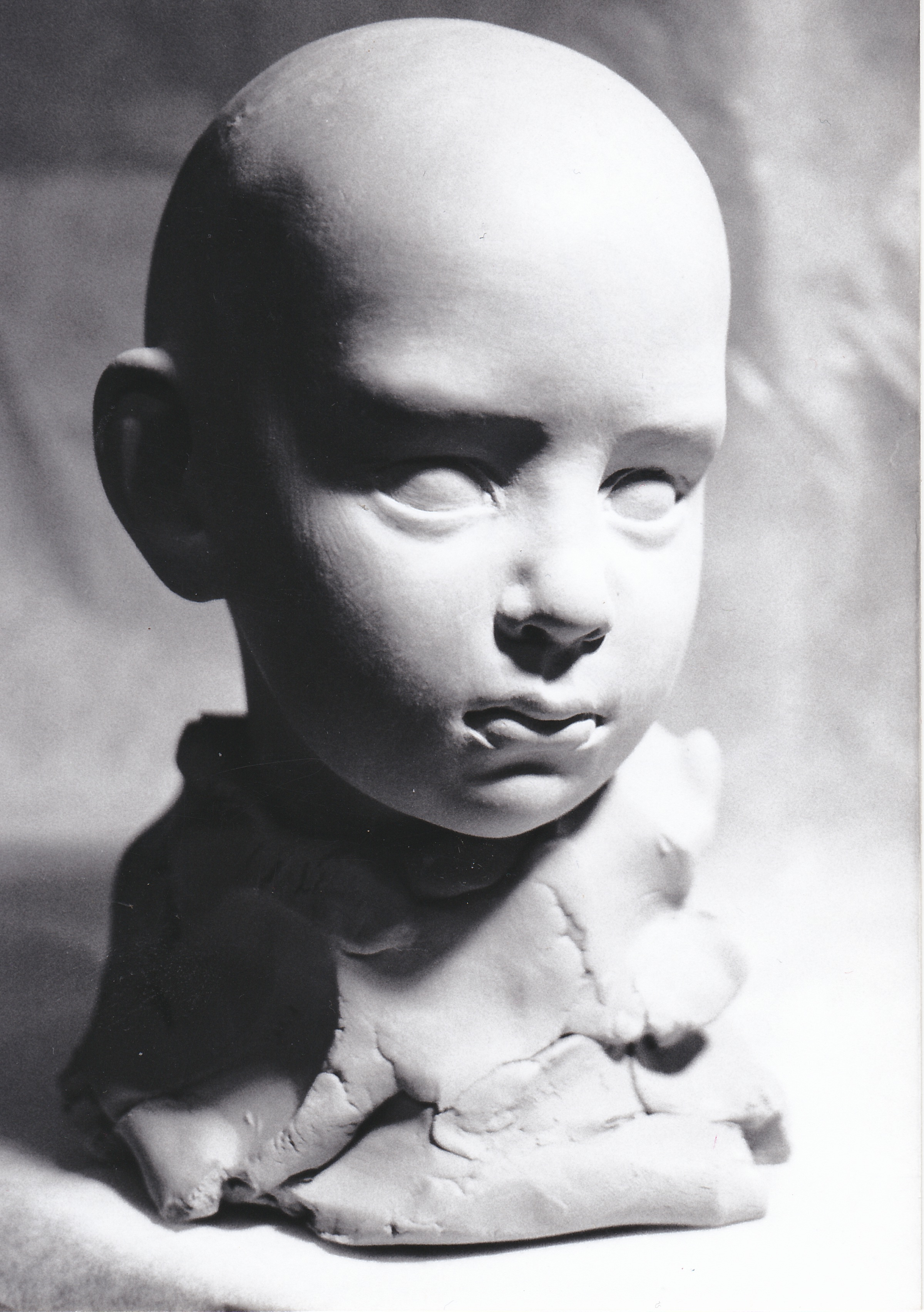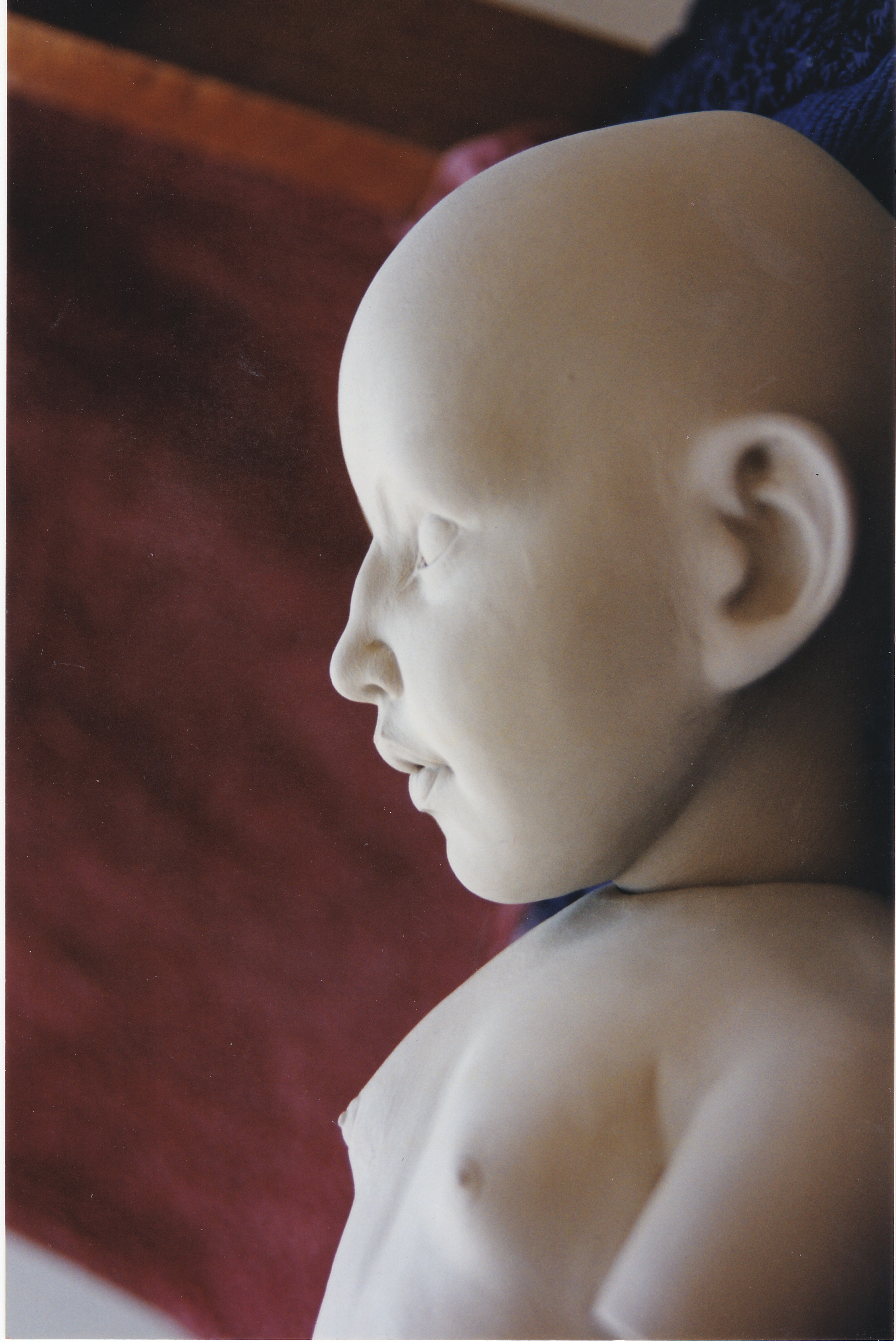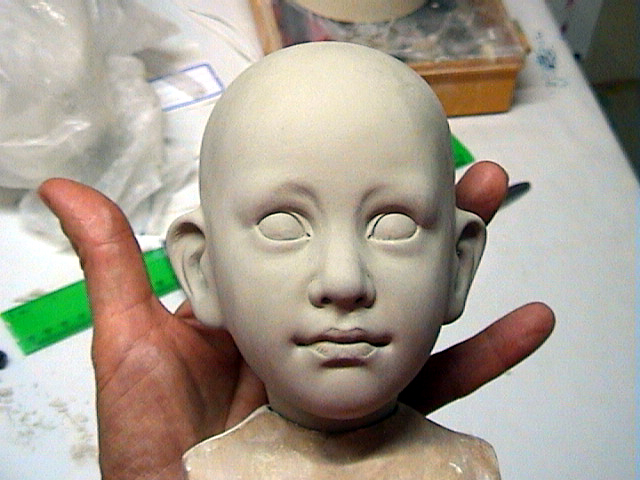TECHNIQUES
Da sempre gli oggetti più preziosi che si tramandano nei secoli sono creati con materiali nobili e tecniche antiche.
Il nostro pianeta ci ha fornito di tutto, e mi affascina pensare che elementi primari come: terra, acqua, aria, mescolati assieme possano immortalarsi e fondersi nel fuoco per rimanere per sempre.
Argille e terracotte si raffineranno nel tempo diventando porcellana (argilla + caolino + feldfpato).
The most precious objects, which stood the wear of time through centuries, and which we can still admire and cherish, were created with noble materials and with the use of ancient techniques.
It is fascinating to think that everything Nature has created, all the primary elements such as earth, water, air, when mixed together and fused through fire will live forever.
Clays and terracottas have undergone a process of refinement over the centuries, becoming what we know today as ‘porcelain’ (clay + kaolin + feldspar).
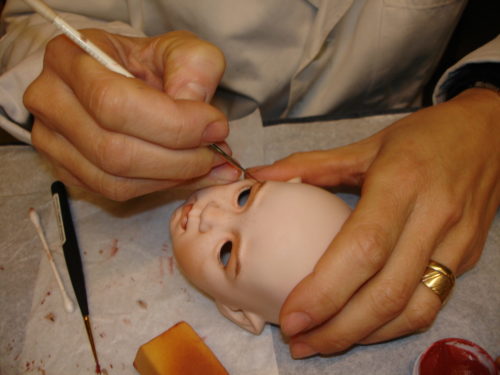
È ben noto che le origini risalgono al XIII secolo nella lontana Cina, e che il veneziano Marco Polo portò i primi esemplari tanto preziosi, misteriosi e rari da essere diffusi in Europa, nelle corti dei principi e dei re, come il famoso Oro Bianco.
La tradizione si affina in Germania all’inizio del 1700, e in Italia subito dopo nel 1743, grazie a re Carlo di Borbone che ne fondò la Real Fabbrica di Capodimonte, che contraddistingue questo bisquit e lo rende diverso da tutti gli altri.
Da allora questi preziosi manufatti artistici arricchiscono ogni collezione. Le mie bambole sono create con questa tradizione e con la stessa tecnica di lavorazione che inizia da: la scultura dei pezzi, la realizzazione dei calchi, lo stampaggio e le rifiniture, la cottura del bisquit per 12 ore a 1250°, la decorazione e la cottura del colore a 750° eseguita tre volte per avere più dettagli, e solo dopo l’assemblaggio la bambola è pronta per essere vestita e completata.
È proprio per questo lungo procedimento che ogni bambola diviene un pezzo unico, e che ogni piccola variazione nella cottura e nella dipintura della porcellana non fa che personalizzare e valorizzare ogni creazione.
The origins of porcelain date back to the 13th century in China. It is thanks to the Venetian explorer and merchant Marco Polo that the first specimen – precious, mysterious and rare pieces of art – arrived in Europe, and conquered the heart of European princes and kings.
The tradition of creating porcelain was then improved and refined in Germany at the beginning of the 18th Century. But it is in Italy, in 1743, thanks to King Charles of Bourbon, who founded the Real Fabbrica di Capodimonte, that the process of creating this biscuit was brought to perfection, making the Italian porcelain different from all others.
Since then, these precious artifacts have enriched any collection.
My dolls are created following this tradition and with the same manufacturing technique that begins with: the pieces sculpture, the construction of the molds, the molding and trim, the biscuit baking for 12 hours at 1250 °, the decoration and the color baking at 750 ° performed three times to get more details, and then, only after the assembling, the doll is dressed and ready to be completed.
It is precisely for this long process that each doll becomes a one of a kind piece, and that every small variation in porcelain’s cooking and painting only leads to customize and valorize each creation.

